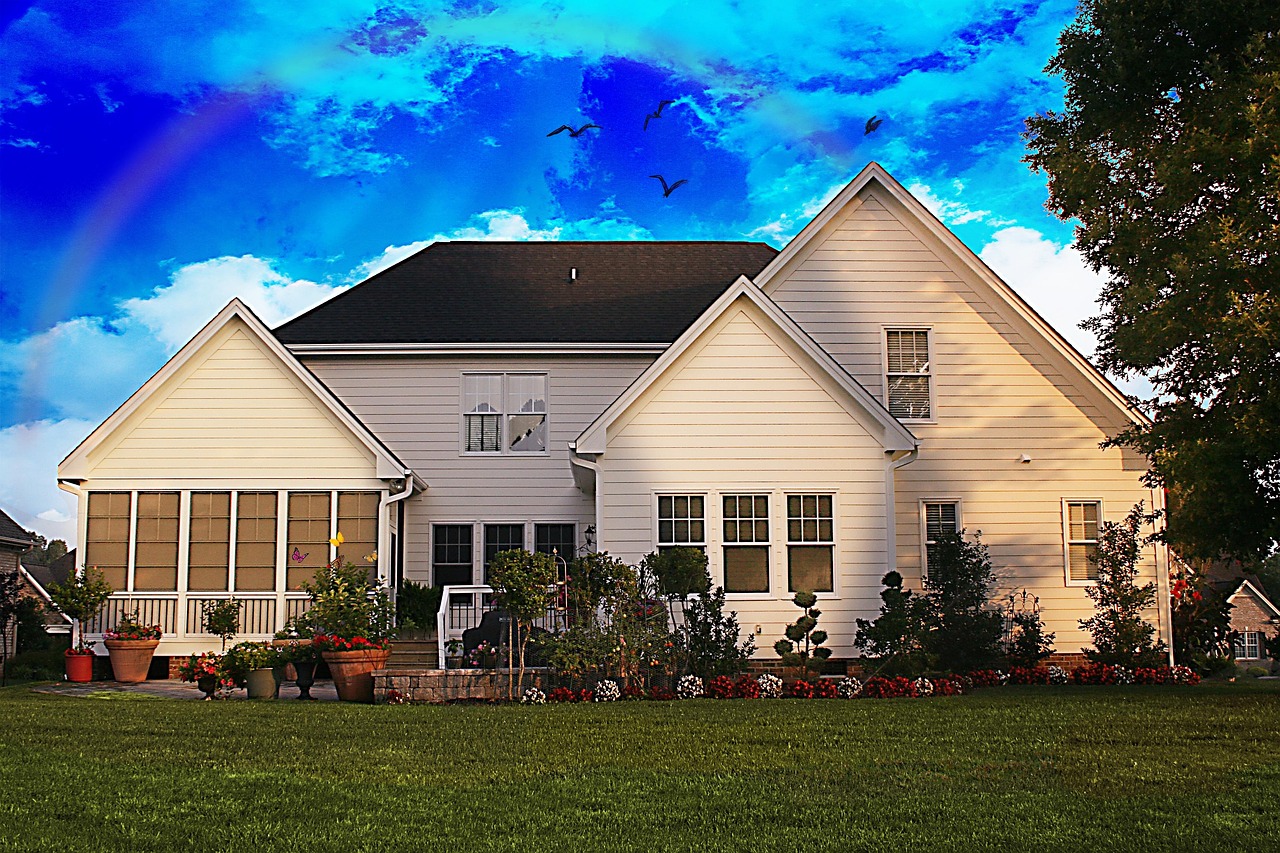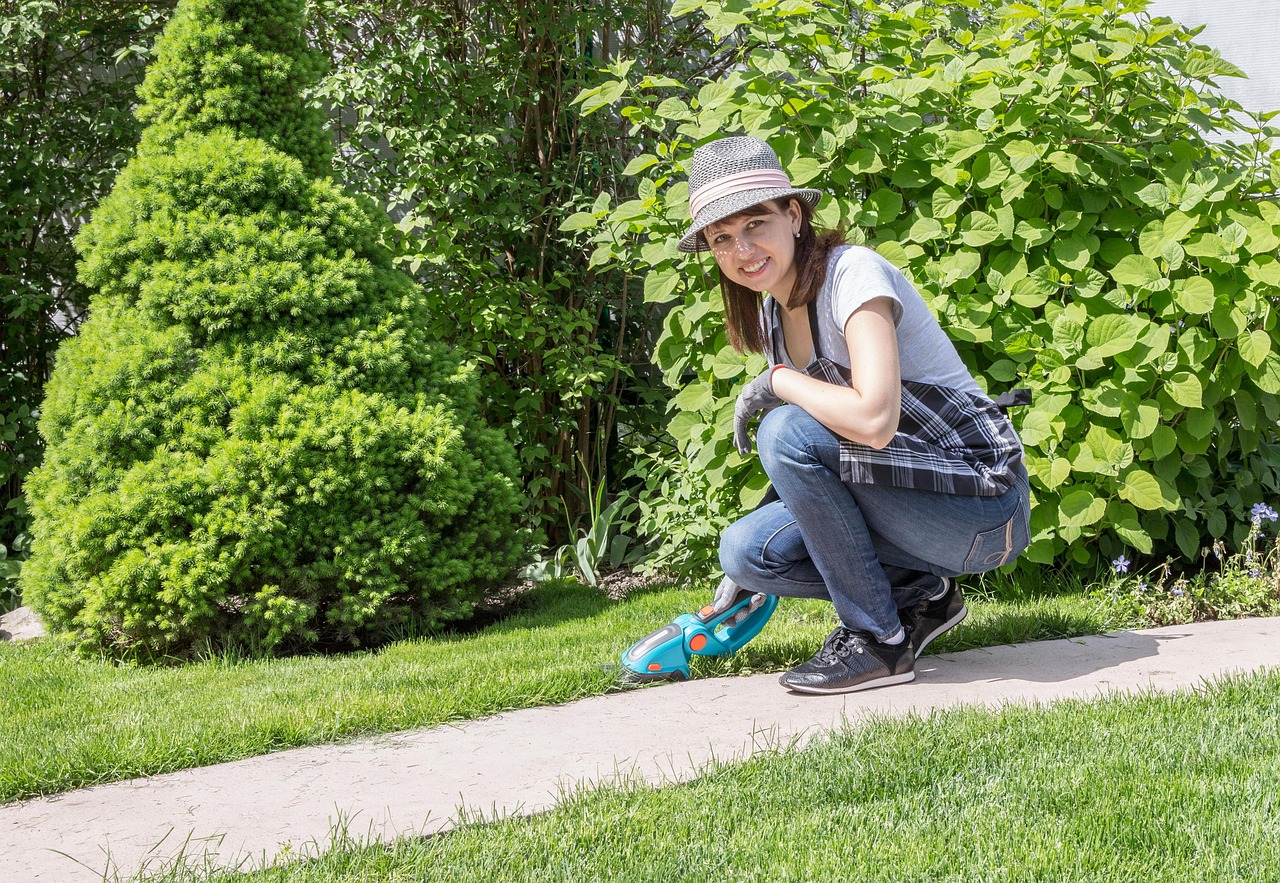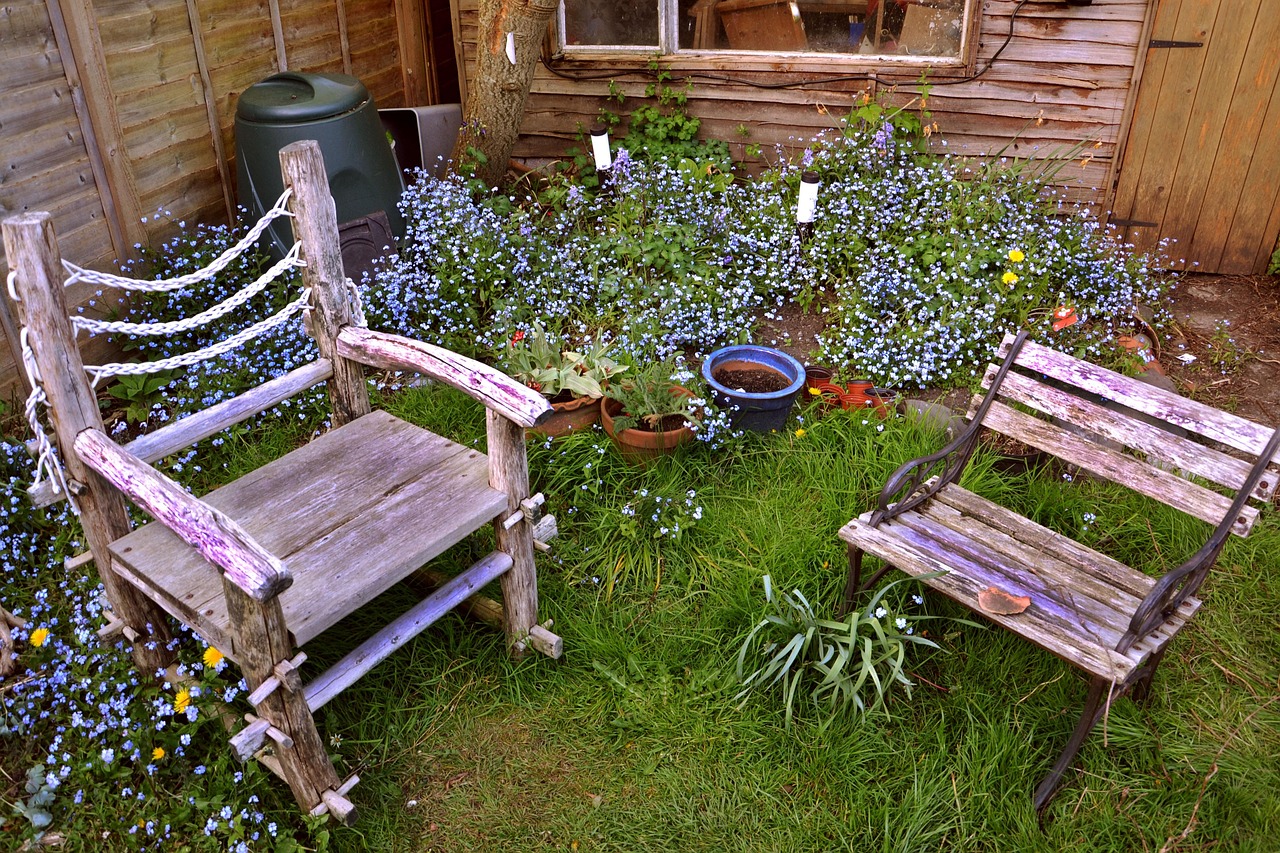Seasonal Backyard Maintenance Tips for a Lush Landscape

Maintaining a vibrant and healthy outdoor space requires understanding the unique needs of your landscape as seasons change. By implementing targeted maintenance strategies throughout the year, you can develop a lush backyard that thrives in every season. This comprehensive guide outlines essential maintenance tasks for spring, summer, fall, and winter to help you nurture your landscape’s full potential.
Spring Maintenance: Revitalizing Your Landscape
After winter’s dormancy, your backyard needs proper attention to kickstart healthy growth. Spring provides the perfect opportunity to set the foundation for a thriving landscape.
Lawn Cleanup and Preparation
The winter months often leave behind debris that can hinder your lawn’s revival. A thorough cleanup is essential for promoting optimal growth.
- Debris Removal: Thoroughly rake leaves, fallen branches, and dead grass clumps from lawn areas. This prevents mold development and discourages pest infestations that thrive in decomposing material.
- Dethatching: Remove the layer of dead grass and roots (thatch) that builds up between soil and green vegetation. When thatch exceeds ½ inch, it blocks water, nutrients, and air from reaching root systems.
- Aeration: Create small holes throughout your lawn to alleviate soil compaction. This allows oxygen, water, and nutrients to penetrate deeply, promoting stronger root development.
PRO TIP: For small yards, a manual aerating tool works well, but consider renting a power aerator for larger properties to save time and ensure proper penetration depth.
Soil Testing and Fertilization
Understanding your soil composition provides valuable insights for effective landscape management.
Soil Testing Methods:
- DIY kits from garden centers provide basic pH and nutrient information
- Professional laboratory tests offer comprehensive analysis with specific amendment recommendations
- Local extension offices often provide affordable testing services with region-specific advice
Based on test results, you can address deficiencies with targeted amendments. Most spring lawns benefit from a balanced fertilizer with an NPK ratio around 20-5-10, applied when soil temperatures reach 55°F consistently.
| Soil pH Level | Recommended Amendment | Application Rate |
|---|---|---|
| Below 6.0 (acidic) | Lime | 50 lbs per 1,000 sq ft |
| 6.0-7.0 (neutral) | Balanced fertilizer only | As directed on package |
| Above 7.0 (alkaline) | Sulfur or gypsum | 5-10 lbs per 1,000 sq ft |
Pruning and Planting
Strategic pruning and thoughtful planting revitalize your landscape and establish new growth.
Pruning Guidelines:
- Remove dead, damaged, or diseased branches, cutting at a 45-degree angle just above a growth node
- For spring-flowering shrubs like lilacs and forsythia, wait until after blooming to prune
- Trim summer-flowering plants like hydrangeas and roses early in spring before buds form
- Avoid removing more than 30% of a plant’s growth at once, which can stress the plant
For spring planting, focus on native species that are adapted to your region’s climate and soil conditions. According to the National Wildlife Federation, native plants require up to 50% less water and significantly fewer chemical inputs than non-native alternatives.
Summer Maintenance: Sustaining Health During Heat

Summer’s intense conditions demand specialized care to maintain landscape health through heat and potential drought.
Efficient Watering Practices
Water conservation and plant health can be simultaneously achieved with proper techniques.
- Early Morning Watering: Irrigate between 4-10 AM when temperatures are cooler and winds are calmer. This timing reduces evaporation by up to 30% compared to midday watering.
- Deep Watering: Apply 1-1.5 inches of water weekly in fewer, longer sessions rather than frequent shallow watering. This encourages roots to grow deeper into soil profiles where moisture remains available longer.
- Drip Irrigation: Consider installing drip systems for beds and gardens to deliver water directly to root zones, reducing waste by up to 50%.
Watering Frequency Adjustment Based on Conditions:
| Weather Condition | Lawn Adjustment | Container Plants |
|---|---|---|
| Normal summer days | 1″ water per week | Check daily, water when top 1″ is dry |
| Heat wave (90°F+) | 1.5″ water per week, split into 3 sessions | May need daily watering |
| After rainfall | Subtract rainfall amount from weekly total | Check moisture before watering |
Mowing Techniques
Proper mowing significantly impacts your lawn’s resilience during summer stress.
Height Considerations:
- Set mower blades to 3-4 inches for most cool-season grasses (fescue, Kentucky bluegrass)
- Maintain warm-season grasses (Bermuda, zoysia) at 1.5-2.5 inches
- Never remove more than ⅓ of grass height in a single mowing session
Mowing Frequency: During active growth periods, mow every 5-7 days. During drought or extreme heat, reduce frequency to avoid stressing the lawn. Using a mulching mower returns valuable nutrients to the soil, providing up to 25% of your lawn’s nitrogen needs.
Pest and Weed Control
Summer brings increased pest activity and aggressive weed growth that require vigilant management.
Implementing Integrated Pest Management (IPM) strategies reduces chemical dependence while effectively controlling problems:
- Identification: Accurately identify pests before treatment (many insects are beneficial)
- Threshold Setting: Determine acceptable levels of damage before intervention
- Prevention: Maintain healthy plants that can resist pest pressure
- Biological Controls: Introduce beneficial insects like ladybugs, which can consume up to 5,000 aphids during their lifetime
For weed management, apply 2-3 inches of organic mulch around plants and trees to suppress weed germination. Research from the University of California shows that proper mulching can reduce weed growth by up to 90% while conserving soil moisture.
Fall Maintenance: Preparing for Dormancy

Fall maintenance sets the stage for landscape recovery and prepares plants for winter dormancy.
Leaf Management
Fallen leaves require careful handling to prevent lawn damage while capturing their nutrient value.
- Regular Raking: Remove thick leaf layers from lawn areas within 3-4 days of heavy leaf fall
- Mulching Leaves: Use a mulching mower to shred leaves into small pieces that decompose quickly and add organic matter to soil
- Composting: Create leaf mold by collecting leaves in a dedicated compost bin, which develops into premium soil amendment over 6-12 months
Leaf Management Decision Guide:
| Leaf Volume | Best Management Approach | Benefits |
|---|---|---|
| Light covering | Mulch in place with mower | Adds nutrients, saves time |
| Moderate amount | Collect with bagging mower, use as mulch | Protects garden beds, suppresses weeds |
| Heavy accumulation | Rake and compost | Prevents lawn damage, creates valuable compost |
Overseeding and Fertilization
Fall provides ideal conditions for strengthening lawns before winter.
For overseeding, select grass varieties suited to your region’s climate and your lawn’s specific conditions (shade, traffic patterns). Apply seed at the manufacturer’s recommended rate using a broadcast spreader for even distribution. Maintain consistent moisture for 2-3 weeks to ensure proper germination.
Fall fertilization is critical for developing strong root systems that support spring growth. Apply a fertilizer with an NPK ratio around 10-12-10 or 5-10-15, emphasizing phosphorus and potassium to promote root development and cold hardiness. Research from Penn State University indicates that fall fertilization is the most important application of the year for cool-season grasses.
Soil Aeration
Fall’s moderate temperatures and reliable moisture make it the ideal time for core aeration.
Core aeration involves removing small plugs of soil from the lawn, which:
- Reduces soil compaction by 15-25%
- Improves water infiltration by up to 50%
- Enhances root development by creating pathways for growth
- Increases fertilizer efficiency by improving soil-to-root contact
For best results, aerate when soil is moderately moist but not saturated, and leave soil cores on the lawn to break down naturally, returning valuable organic matter to the soil profile.
Winter Maintenance: Protecting Your Landscape

Even during dormancy, your landscape requires protection from harsh winter conditions.
Protecting Plants and Structures
Winter protection prevents damage from freezing temperatures, drying winds, and fluctuating conditions.
- Mulching: Apply 3-4 inches of organic mulch around plants after the ground freezes to maintain consistent soil temperatures and prevent frost heaving
- Anti-desiccant Sprays: Apply to evergreens to reduce moisture loss through leaves when ground is frozen
- Burlap Screens: Install on the windward side of sensitive plants to block drying winter winds
- Trunk Protection: Wrap young tree trunks with commercial tree wrap to prevent sunscald and rodent damage
For container plants, move them to sheltered locations or insulate pots by grouping them together and surrounding with mulch, straw, or burlap.
Tool Maintenance
Winter provides the perfect opportunity to prepare equipment for the coming year.
Essential Tool Maintenance Checklist:
- Clean all tools thoroughly, removing soil and plant residue
- Disinfect cutting tools with 10% bleach solution to prevent disease transmission
- Sharpen blades on pruners, shears, and mower blades
- Apply protective oil to metal parts to prevent rust
- Lubricate moving parts with appropriate lubricants
- Store tools in dry, protected areas
For power equipment, follow these additional steps:
- Drain fuel from gas-powered equipment or add fuel stabilizer
- Replace spark plugs and air filters as needed
- Check and tighten all bolts and connections
- Clean or replace oil in engines according to manufacturer recommendations
Conclusion
Creating and maintaining a lush landscape requires attentive, season-specific care throughout the year. By following these comprehensive maintenance strategies—from spring’s revival activities to winter’s protective measures—you’ll develop a resilient outdoor space that enhances your property’s beauty and provides environmental benefits.
Remember that consistency is key to landscape success. Implementing these seasonal practices year after year builds soil health, strengthens plant immunity, and creates sustainable growing conditions that reduce long-term maintenance needs.
With thoughtful planning and timely execution of these seasonal tasks, your backyard will reward you with vibrant growth, abundant blooms, and a refreshing green retreat that can be enjoyed through all four seasons.
